London’s history is a fascinating tapestry, woven with the threads of royalty and democracy. The execution of King Charles I in 1649 marked a pivotal moment, ushering in a new era of accountability and public participation. This watershed event forever altered the nation’s political landscape, paving the way for the rise of parliamentary sovereignty and individual liberties. Exploring this captivating chapter of London’s past can offer unique insights into the delicate balance that has shaped the city’s identity over the centuries. Set out on a journey through time and uncover the dramatic events that have left an indelible mark on the heart of the British capital.
Key Points
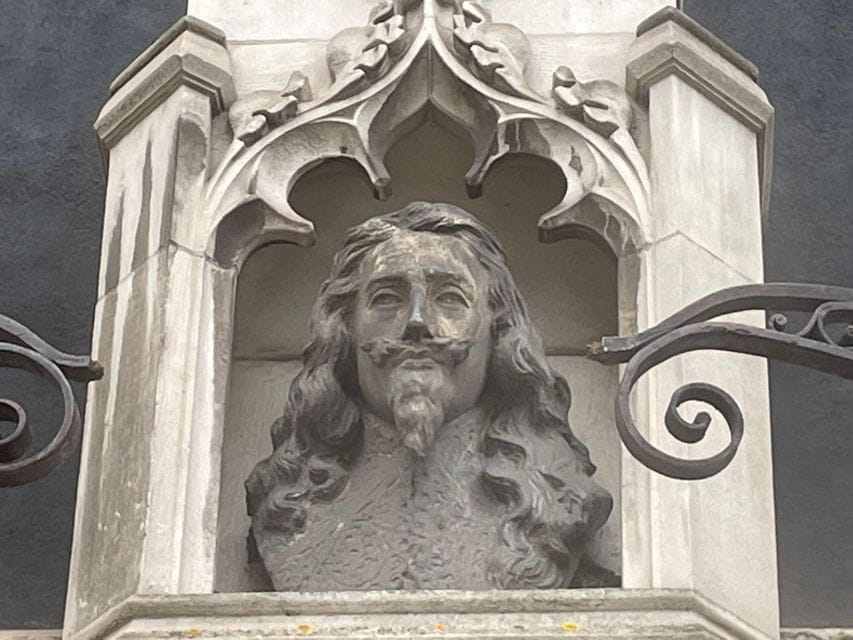
- The execution of King Charles I in 1649 marked a pivotal moment in the transition from absolute monarchy to constitutional democracy in Britain.
- The hotel of modern British democracy involved the gradual shift towards a parliamentary system with principles of accountability and separation of powers.
- The regicide of King Charles I had far-reaching consequences, leading to the erosion of the divine right of kings and the rise of parliamentary sovereignty.
- The dramatic events surrounding the overthrow of the Stuart dynasty and the execution of the king had a profound and lasting impact on the UK’s political landscape.
- The guided historical walk in London explores the key sites and events leading to the execution of Charles I, providing an in-depth understanding of the regicide’s significance.
The Execution of Charles I
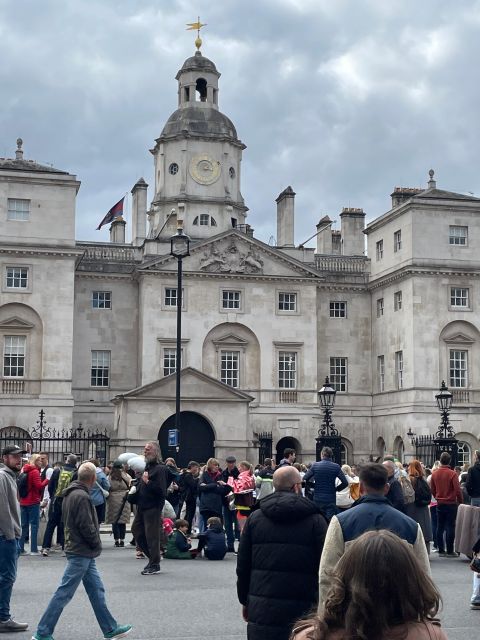
On a cold winter’s day in 1649, King Charles I stepped out onto a scaffold erected in front of the Banqueting House in Whitehall, prepared to face his execution.
The dramatic events leading to this moment had gripped the nation, as tensions between the monarch and Parliament reached a breaking point. Charles was accused of tyranny and treason, his refusal to compromise ultimately sealing his fate.
As the king laid his head upon the block, the crowd held its breath, knowing this was a pivotal moment in English history. The regicide would have far-reaching consequences, paving the way for the creation of a modern British democracy that would endure for centuries.
You can also read our reviews of more tours and experiences in London.
Establishing Modern British Democracy
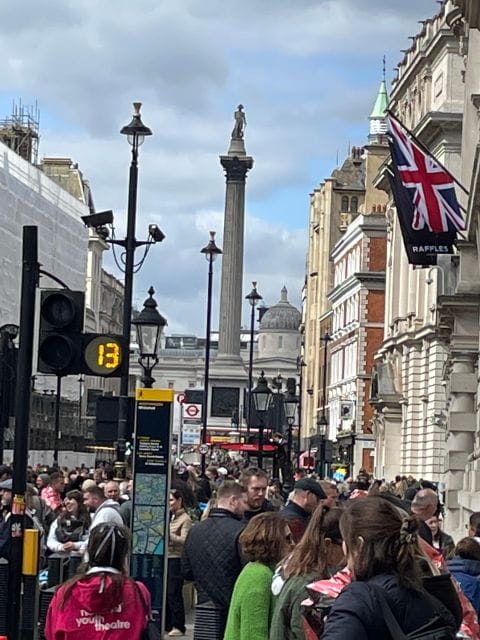
The execution of Charles I in 1649 paved the way for the long, arduous process of establishing modern British democracy.
Parliament’s victory over the monarchy marked a critical turning point, as the nation grappled with questions of sovereignty, representation, and the limits of royal power.
In the years and decades that followed, a gradual shift occurred, transforming England from an absolute monarchy into a constitutional system that would serve as a model for democracies around the world.
This shift wasn’t without its challenges and setbacks, but the seeds of democracy had been sown.
Slowly but surely, the principles of accountability, public participation, and the separation of powers took root, laying the foundation for the parliamentary system we know today.
Dramatic Events of the Regicide
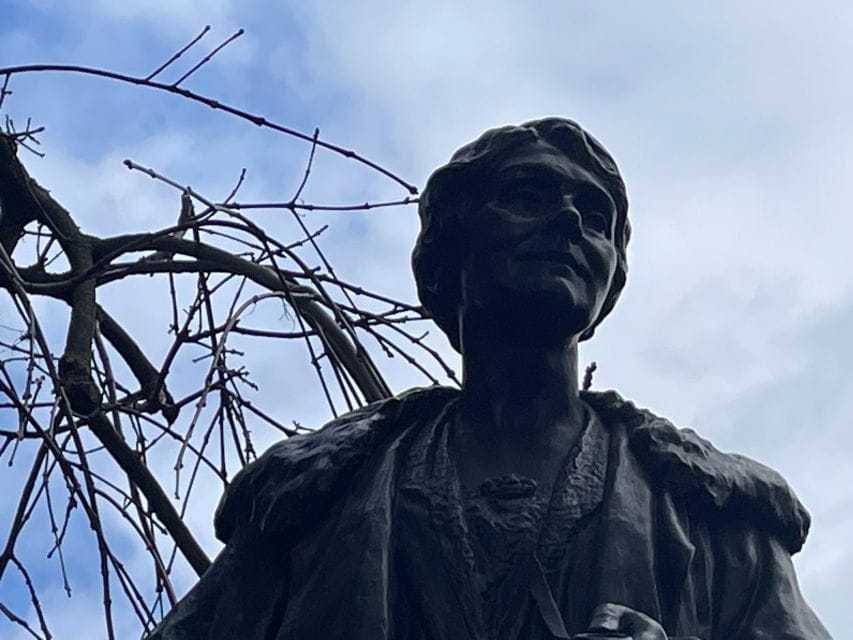
King Charles I’s final days unfolded in dramatic fashion, culminating in his shocking execution before a crowd of spectators in 1649. Tensions had been building for years between the monarch and Parliament, leading to a bitter civil war and the ultimate overthrow of the Stuart dynasty.
The king’s perceived tyranny and disregard for the will of the people fueled the growing republican sentiment, setting the stage for this watershed moment in English history.
The execution of the king sent shockwaves across the country and beyond. It was a bold and controversial move, marking a pivotal transition from absolute monarchy to the beginnings of modern parliamentary democracy.
The dramatic events of the regicide would continue to reverberate through the centuries, shaping the political landscape of Britain for generations to come.
Impact Across Subsequent Centuries
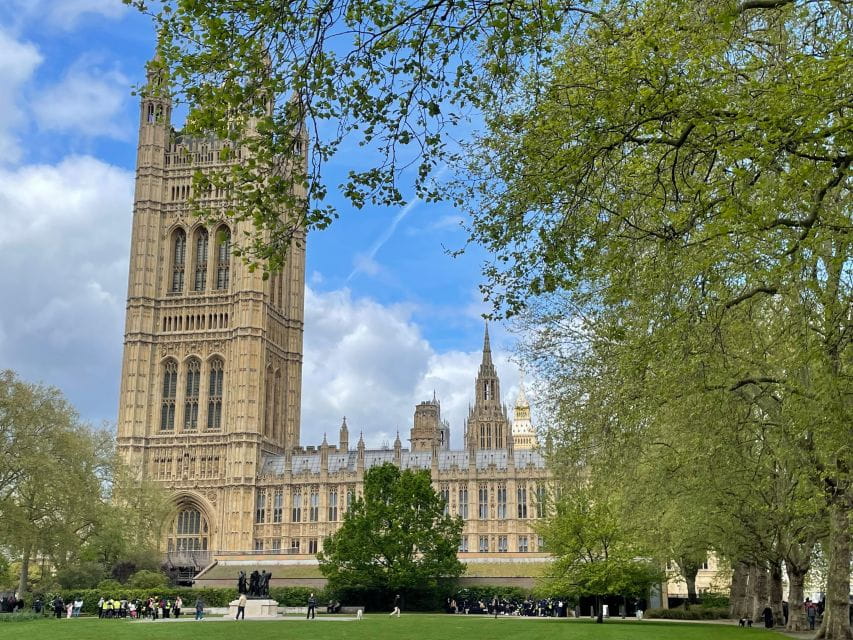
In the centuries following the execution of King Charles I, the dramatic events of the regicide had a profound and lasting impact on the political landscape of Britain. The overthrow of the Stuart monarchy and the hotel of a republican government represented a seismic shift in the balance of power, ultimately paving the way for the gradual development of modern parliamentary democracy.
The impact of the regicide can be seen in several key areas:
- The erosion of the divine right of kings and the rise of parliamentary sovereignty.
- The increased emphasis on individual liberties and the rights of citizens.
- The emergence of political parties and the gradual shift towards a two-party system.
- The strengthening of the role of the military in shaping political outcomes.
These far-reaching changes continue to shape the political landscape of the United Kingdom to this day.
Guided Historical Walk in London
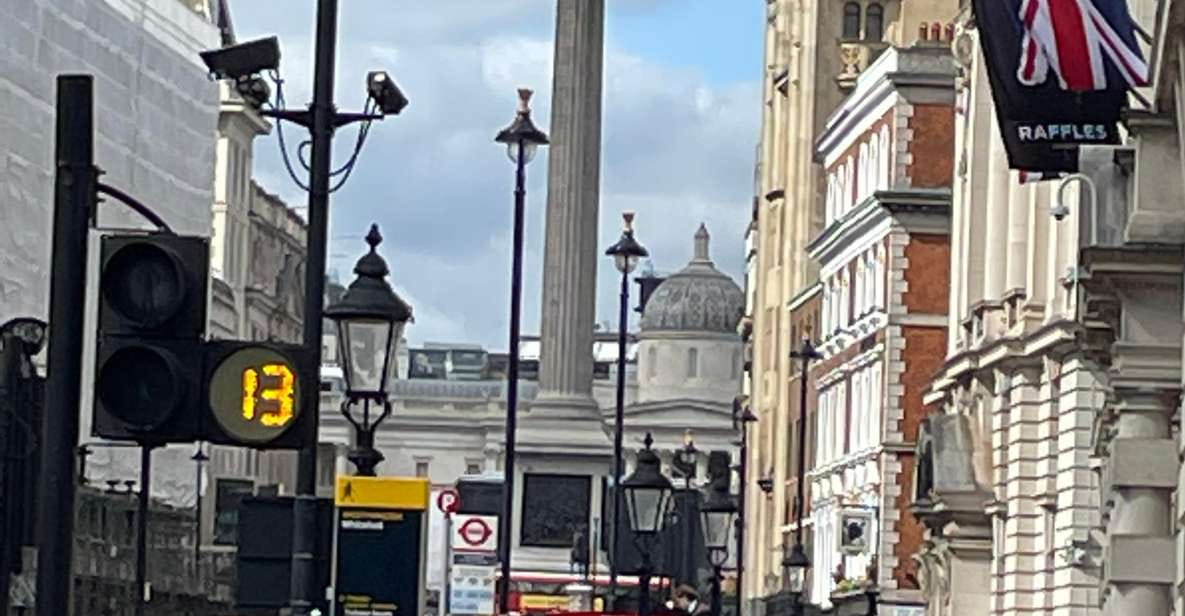
Embarking on this guided historical walk through London, participants can expect to explore the dramatic events leading to the execution of King Charles I in 1649 and understand how modern British democracy was forged in the aftermath of this pivotal moment. Led by a historian specializing in this era, the 2-hour tour takes visitors to key sites such as Admiralty Arch and Trafalgar Square, offering a deeper understanding of the impact of the regicide across subsequent centuries. With a small group size limited to 8 participants, the tour provides an intimate and immersive experience, allowing for engaging discussions and a personalized exploration of this fascinating chapter in British history.
| Tour Overview | Key Highlights | Tour Details |
|---|---|---|
| 2-hour guided historical walk | Dramatic events of Charles I’s last days | Meeting point: Emmeline Pankhurst statue |
| Explore the events leading to the execution of King Charles I in 1649 | Impact of the regicide across subsequent centuries | From €35.65 per person |
| Understand how modern British democracy was created | Passing by sites such as Admiralty Arch and Trafalgar Square | Small group size, limited to 8 participants |
| Tour led by a historian specializing in this era | Reserve now and pay later |
- Ghost, Ghouls and Gallows Walking Tour With Boat Ride
- Inner Circle Access of Stonehenge Including Bath and Lacock Day Tour From London
- Windsor Castle, Stonehenge, and Oxford Day Trip From London
- Stonehenge, Windsor Castle and Bath Day Trip From London
- London Walking Food Tour With Secret Food Tours
- The Premier Classic London: Private 4-Hour Tour in a Black Cab
Exploring the Events of 1649
Against the backdrop of a turbulent era, the events of 1649 unfolded, setting the stage for a profound shift in the trajectory of British governance. Amidst the dramatic downfall of King Charles I, the nation bore witness to a pivotal moment that would reverberate through the centuries, ultimately shaping the foundations of modern British democracy.
The tour explores the key events that led to the execution of the monarch, including:
- The escalating tensions between the King and Parliament
- The pivotal role of Oliver Cromwell and the Parliamentarian forces
- The trial and ultimate conviction of Charles I for treason
- The far-reaching implications of the regicide on the course of British history
Delving into this captivating chapter, the guided walk provides a comprehensive understanding of how the events of 1649 paved the way for the emergence of a more democratic system of governance.
Visiting Relevant Historical Sites
As the tour explores the pivotal events of 1649, you will get to witness the very sites where this historic chapter unfolded, bringing the past to life. They’ll trace the footsteps of key figures and gain a deeper understanding of how the built environment shaped the dramatic events of that era.
Along the way, they’ll pass by Admiralty Arch, a magnificent gateway that was built to commemorate Queen Victoria’s reign. Nearby, they’ll also see the iconic Trafalgar Square, which serves as a reminder of Britain’s naval prowess.
These locations, while familiar to modern Londoners, take on new meaning when viewed through the lens of the 17th century’s constitutional crisis.
Tour Details and Inclusions
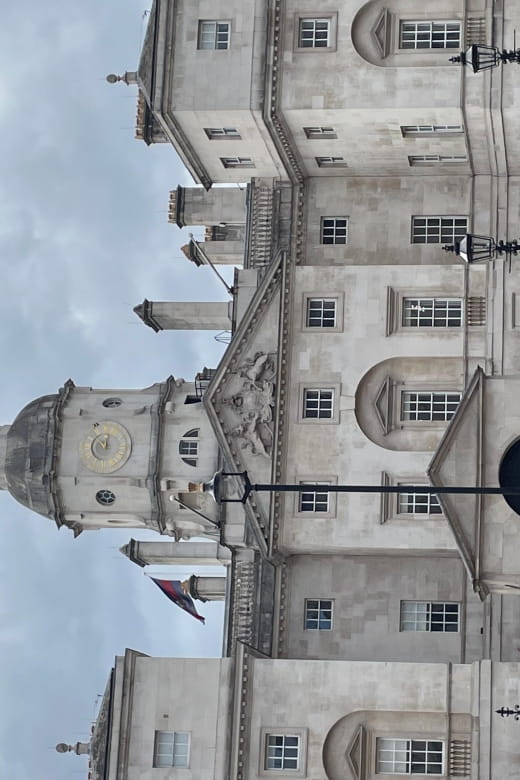
The tour kicks off at the Emmeline Pankhurst statue, where visitors can dive into the dramatic events of 1649 with the guidance of a qualified Westminster guide and history teacher.
At just €35.65 per person, this small-group experience, limited to 8 participants, offers an intimate and immersive look at the rise of modern British democracy.
The tour includes:
- Seeing historical statues and exterior of relevant buildings
- Learning about the impact of the regicide across subsequent centuries
- Exploring the events leading to the execution of King Charles I
- Understanding how modern British democracy was created
This tour provides a unique opportunity to step back in time and gain a deeper appreciation for the pivotal moments that shaped the country’s political landscape.
Frequently Asked Questions
How Long Has the Tour Guide Been Leading These Tours?
The tour guide has been leading these historical walks for over 5 years, drawing on their extensive knowledge and passion for this fascinating period in British history. They’re an experienced professional who’ll provide an engaging and insightful exploration of the events around Charles I’s execution.
What Is the Cancellation Policy for This Tour?
The tour has a flexible cancellation policy – you can cancel up to 24 hours before the start time and receive a full refund. This allows you to plan your trip with confidence.
Are Photography and Video Recording Allowed During the Tour?
The tour allows photography and video recording throughout the 2-hour walk. Guests are encouraged to capture the historical sites and scenes that bring this era of British history to life. Just be mindful not to obstruct the guide’s narration.
Can the Tour Be Customized for Specific Interests or Needs?
The tour can be customized to accommodate specific interests or needs. While the core content remains the same, the guide can tailor the emphasis and pace to suit the group’s preferences. Just let them know your interests when booking.
What Is the Maximum Group Size for This Tour?
The maximum group size for this tour is limited to 8 participants. The small group size allows for a more personalized experience and easier interaction with the knowledgeable guide as you explore the events leading to the execution of King Charles I.
Recap
London’s history is a captivating tapestry, where the threads of royalty and democracy intertwine.
The execution of Charles I in 1649 marked a pivotal moment, paving the way for a more accountable, participatory government.
This watershed event has reverberated through the centuries, shaping the nation’s political landscape and emphasizing individual liberties.
Exploring this rich history on a guided walk through London offers a unique opportunity to explore the dramatic events that continue to influence the country’s democratic foundations.
More Tour Reviews in London
Not for you? Here's more things to do in London we have recnetly reviewed
- London: Old City Walking Tour
- London: Private Flying-dress Photoshoot @jonadress
- Dragaoke – Drag Hosted Karaoke!
- London: British Museum Private Tour & Tickets Included
- London: The Magician’s Table – Up-Close Magic Show
- London: British Museum Highlights: Private Tour
- Tour a Piedi di Harry Potter a Londra
- London: The Great British Rock and Roll Music Walking Tour
- London: Christmas Lights Tour – With Christmas Music
- City(Tower) of London by LE GRAND – London’s Luxury Bus Tour
- Orpington: Silver Ring Making Workshop
- Secret Old London Walking Tour
